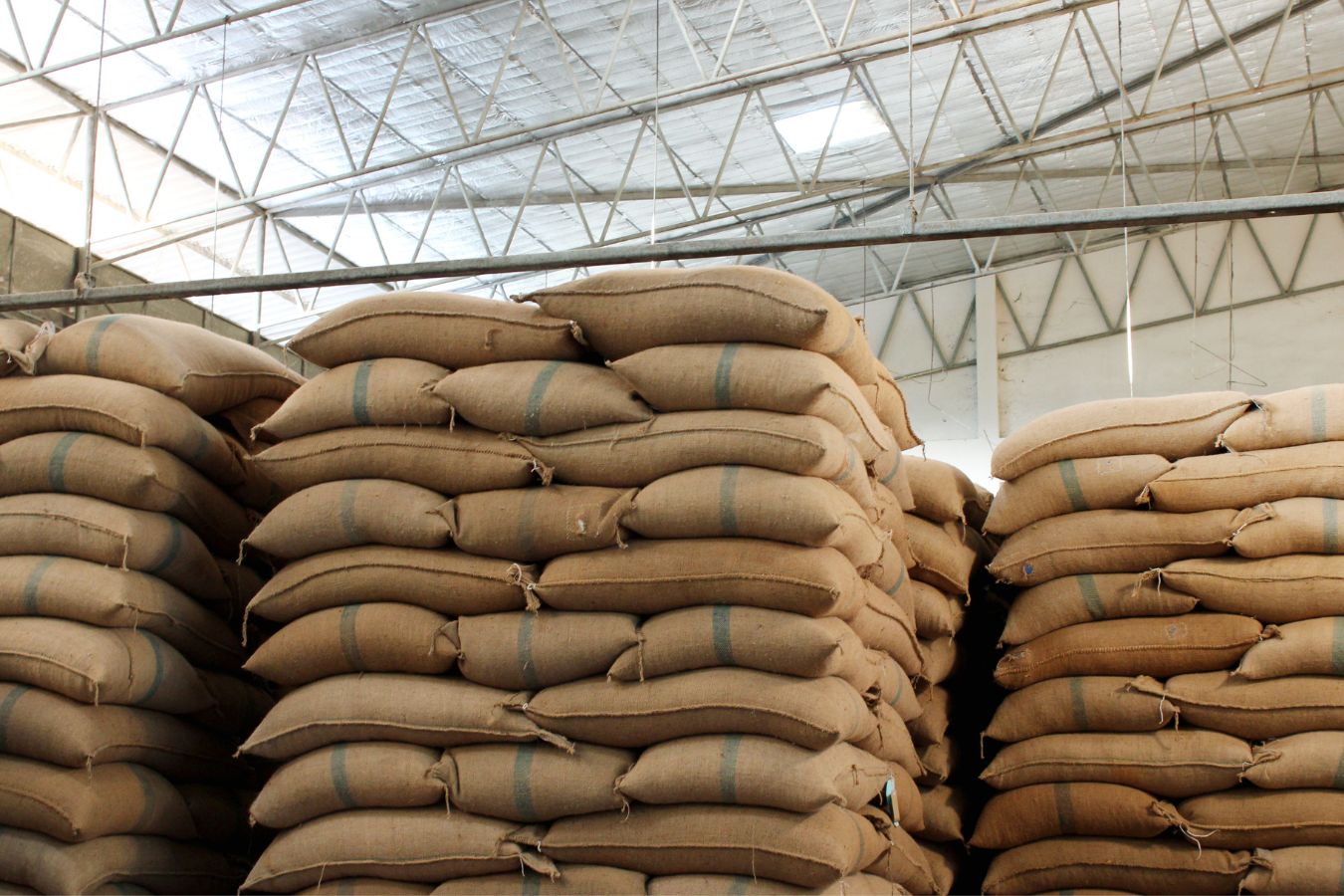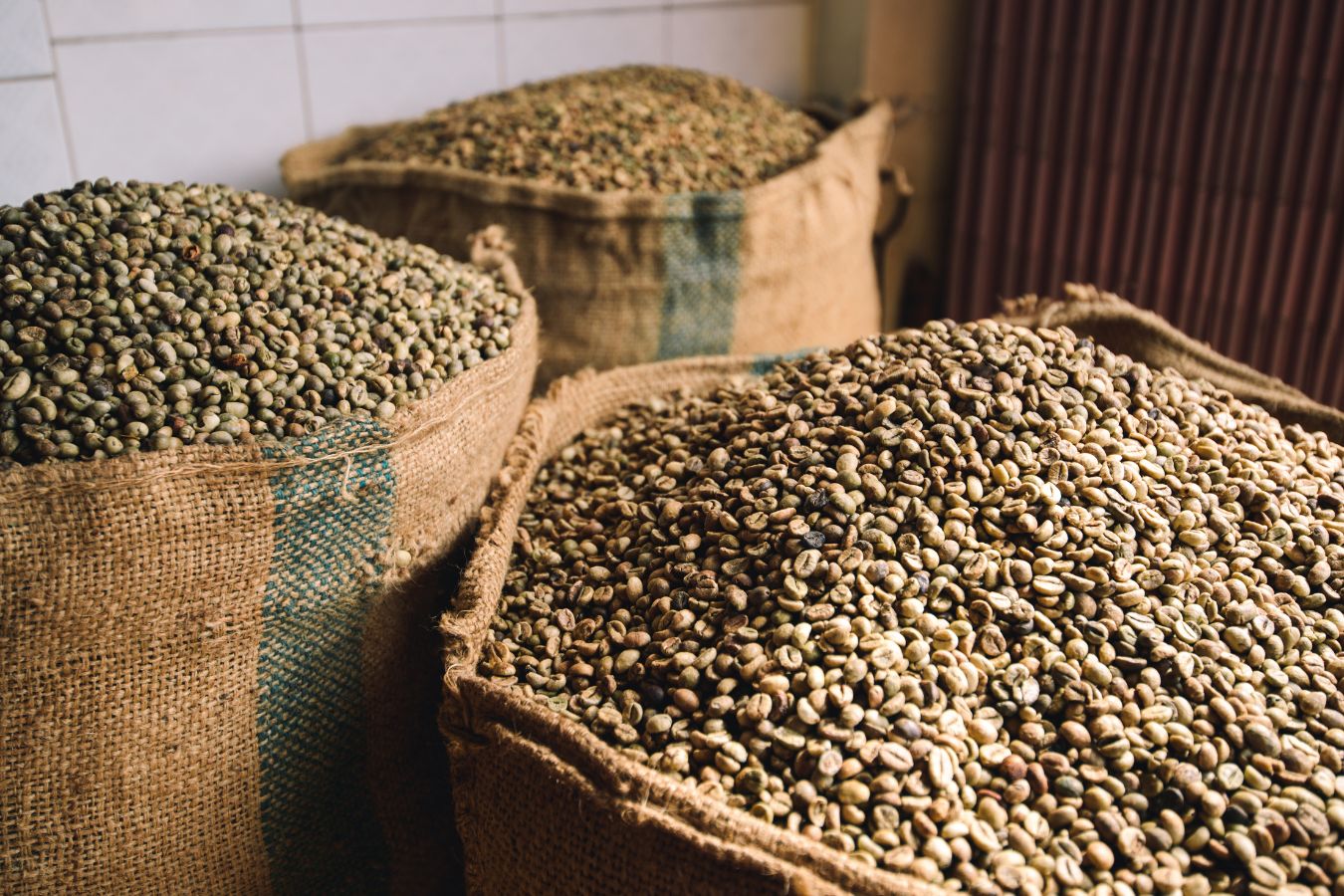
All About The World of Coffee Warehouse: It’s unavoidable in the coffee world that your unroasted green coffee beans must travel a long distance, sometimes under challenging conditions, and then – what happens?
Your coffee does not go straight from the boat to the roastery. It sits in a little-observed purgatory at a significant shipping port: All About The World of Coffee Warehouse.
Design of a warehouse
In the United States, major coffee ports include Houston, New Orleans, Seattle, Oakland, and New Jersey. At each of these ports, specific warehouses are created for coffee storage.

When entering these rooms with their endless lanes of coffee bag stacks, one is overcome by the enormity that one tiny bean at a time, multiplied by the huge trade factors, adds up to. That and the grassy-sweet aroma of unroasted coffee at you from every angle overwhelm them.
Coffee arrives at the shipping port warehouse
Coffee arrives at the shipping port warehouse in varying kinds of containers. And Vacuum-packed boxes, regular jute bags, jute bags with a protective Grainpro plastic lining, and enormous polypropylene Super Sacks.
No matter how green coffee is packed, conditions for storing it must be climate-controlled against humidity or extreme temperatures that would damage the beans. Hopefully, it was transported to the warehouse under similarly careful conditions.
Coffee time at the warehouse
As an economic indicator, how much coffee arrives—or lingers unroasted—in warehouses is useful. Coffee doesn’t want to hang around in a warehouse for too long. Because that means people aren’t roasting, selling, and buying it, and the coffee is losing quality over time.

Many coffees arriving in a warehouse are a good indicator for the industry. Therefore, a lot of coffee hanging around a warehouse and not leaving is terrible.
The issue facing the coffee industry
“The problem the coffee industry faces is that many countries have one harvest,” explained Hallinan. “We buy and store the purchase and then pull from stock as needed for production. So a good practice is to create a purchasing and logistics scenario that allows you to rotate through coffee in a time frame that doesn’t compromise quality.
If you have a coffee that you need to store for the long term, ensure that the warehouse can provide climate control to help preserve the quality of the greens in storage.”